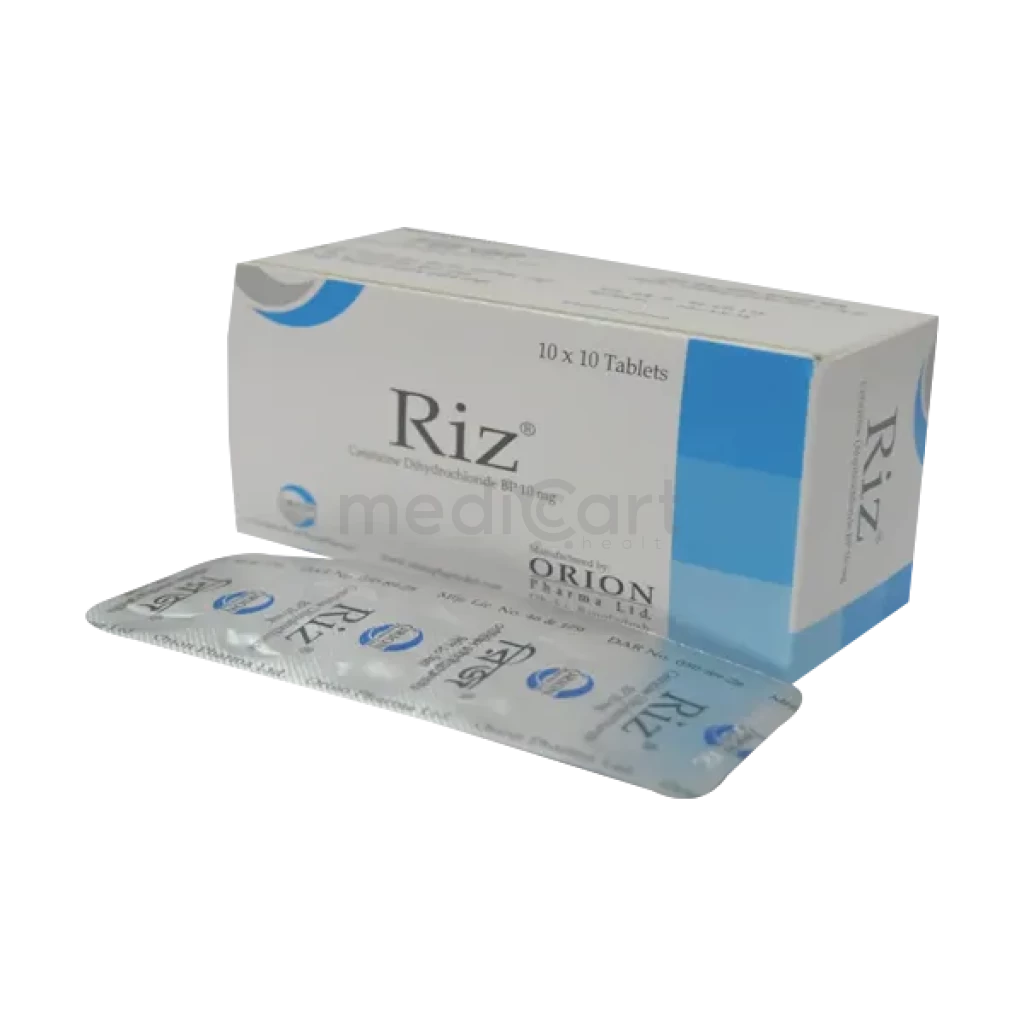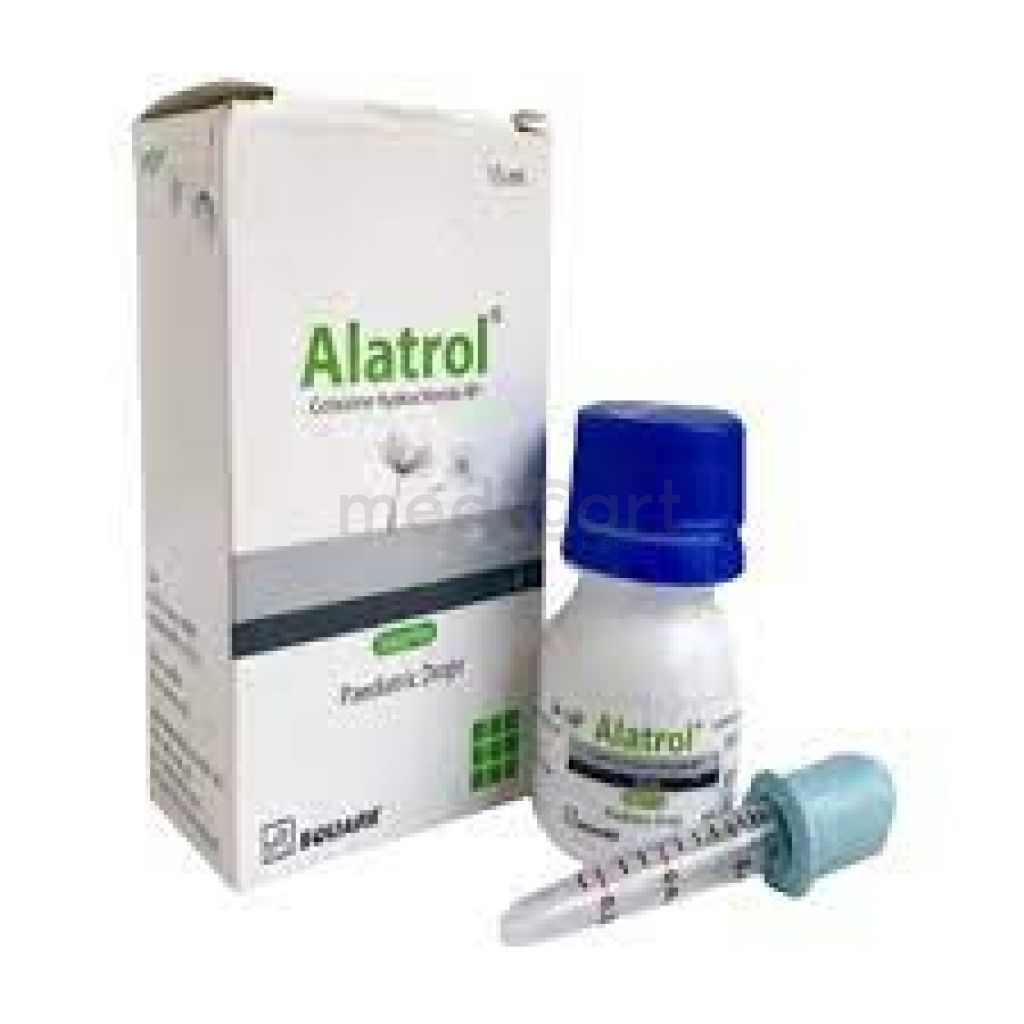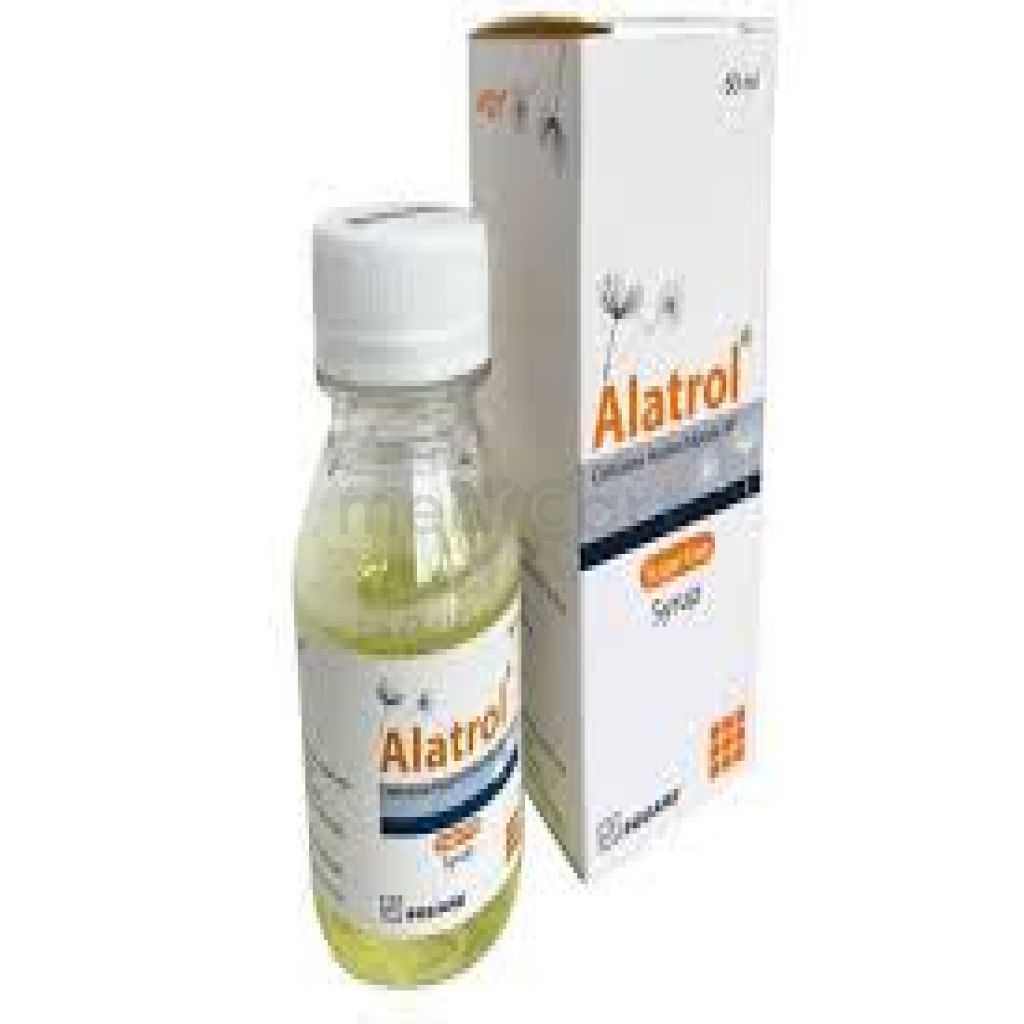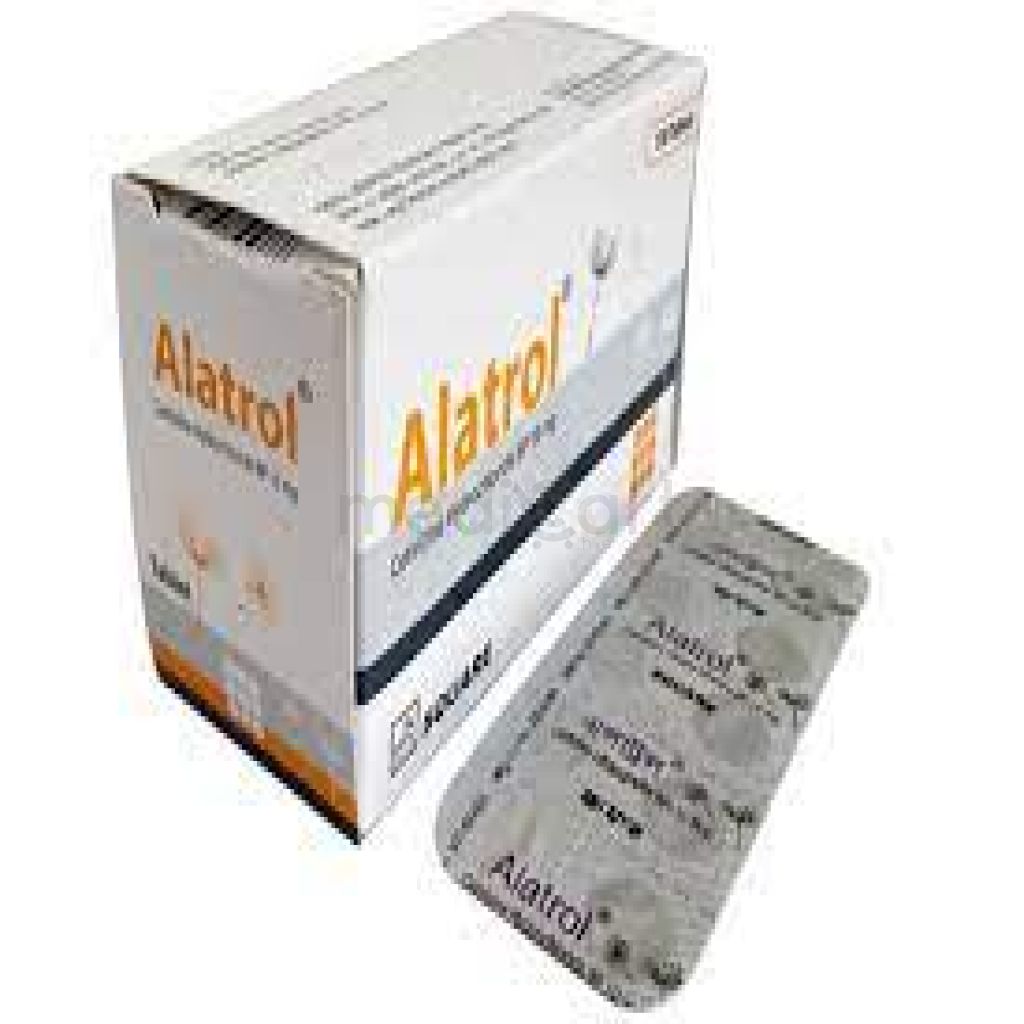

Riz - 10mg
Tablet* Delivery will be done in Dhaka city only.
More Information About - Riz - 10mg
Description
Indications
It is suitable for alleviating symptoms associated with seasonal and perennial allergic rhinitis. It is also suitable for the treatment of simple skin manifestations of chronic idiopathic urticaria and allergen-induced asthma.
Pharmacology
Cetirizine hydrochloride is an effective H1 receptor antagonist and has no significant anticholinergic or antiserum effects. At the pharmacologically active dose level, it has almost no drowsiness and does not cause behavior changes. It inhibits the early stages of histamine-mediated allergic reactions and reduces the migration of inflammatory cells and the release of mediators related to the late stages of allergic reactions.
Pharmacokinetics: Cetirizine 10 mg reaches a peak plasma concentration of 257 mcg/L (980 mcg/L in children) within 1 hour after administration. Food does not affect the degree of absorption, but it may slow down slightly. A maximum blood concentration of 0.3 μg/ml is reached 30 to 60 minutes after taking a 10 mg dose of cetirizine. Its plasma half-life is approximately 11 hours. The absorption from one object to another is very constant. Its renal clearance rate is 30 ml/min, and its excretion half-life is approximately 9 hours.
Dosage & Administration
Adults and children 6 years and older: 1 tablet or 2 teaspoons a day (or 1 teaspoon twice a day).
26-year-olds: 1 teaspoon once a day or 1/2 teaspoon twice a day.
Children from 6 months to 2 years: 1/2 teaspoon once a day. The dose for children aged 12 to 23 months can be increased to the maximum dose of 1/2 teaspoon every 12 hours.
Interactions
No clinically significant drug interactions with theophylline, azithromycin, pseudoephedrine, ketoconazole or erythromycin and other drugs have been found.
Contraindications
Patients who have a history of allergy to cetirizine or hydroxyzine are contraindicated.
Side Effects of Riz
The most common side effect of cetirizine is drowsiness.
Pregnancy & Lactation
The United States FDA classifies cetirizine hydrochloride as pregnancy classification B. However, there are no adequate and well-controlled studies on pregnant women. Because animal reproduction research does not always predict human response, the drug should be used during pregnancy only when clearly necessary. Cetirizine hydrochloride has been shown to be excreted from human milk. Therefore, care should be taken when administering cetirizine hydrochloride to lactating women.
Precautions & Warnings
Be careful when driving a car or operating heavy machinery.
Storage Conditions
Keep in a dry place away from light and heat. Keep out of the reach of children.
Disclaimer
The information provided herein are for informational purposes only and not intended to be a substitute for professional medical advice, diagnosis, or treatment. Please note that this information should not be treated as a replacement for physical medical consultation or advice. Great effort has been placed to provide accurate and comprehensive data. However, Medicart along with its authors and editors make no representations or warranties and specifically disclaim all liability for any medical information provided on the site. The absence of any information and/or warning to any drug shall not be considered and assumed as an implied assurance of the Company.










